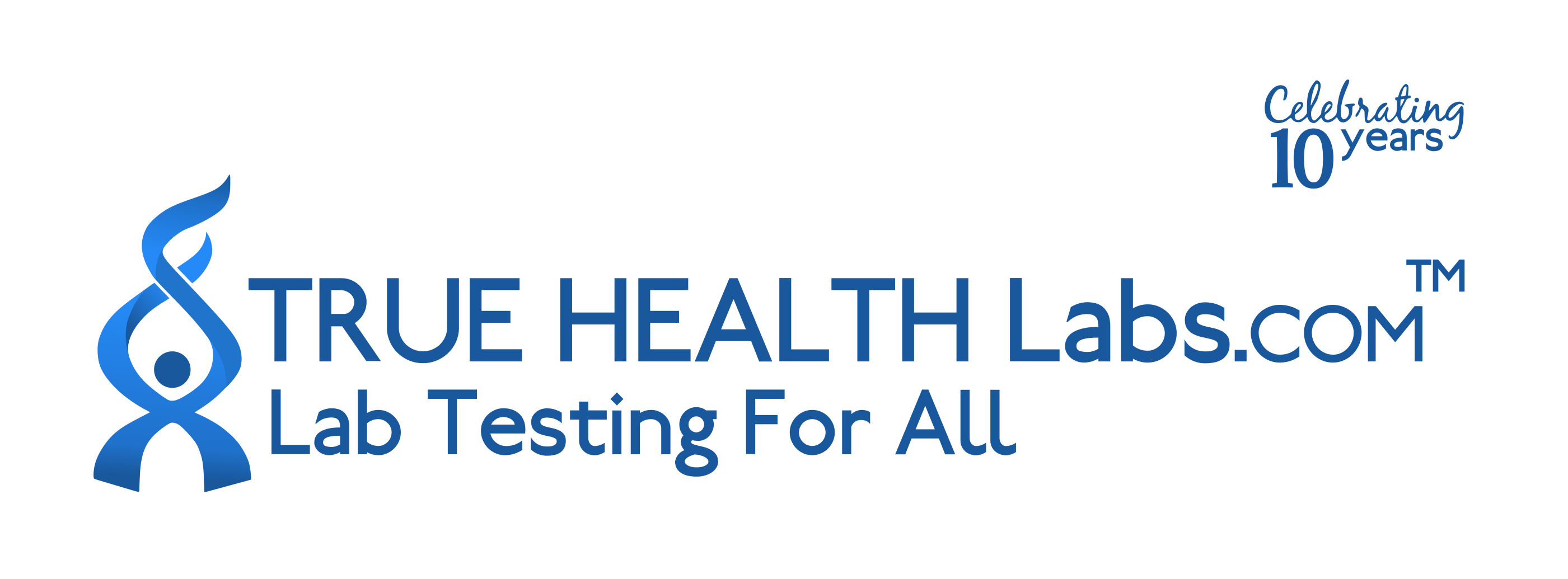Ordering the Comprehensive Digestive Stool Analysis | CDSA
The Comprehensive Digestive Stool Analysis | CDSA helps identify specific digestive imbalances, including bacteria, yeast, and markers of inflammation, which can affect how your body breaks down and absorbs food. Interestingly, this test can also detect beta-glucuronidase, an enzyme linked to how your body processes toxins, which is not commonly checked in standard stool tests.
Ordering this test can help you:
- Pinpoint bacterial or yeast overgrowth that may be causing bloating, gas, or irregular bowel movements
- Detect hidden inflammation in the digestive tract
- Identify fat malabsorption and issues with breaking down proteins or fibers
- Reveal the presence of parasites or abnormal gut flora
- Assess short-chain fatty acids, which support gut lining and immune function
Who Should Consider Digestive Function and Microbiome Testing
People who have ongoing digestive discomfort, such as frequent bloating, loose stools, or unexplained abdominal pain, may benefit from this test. For example, someone who has tried changing their diet and using probiotics but still experiences unpredictable digestive symptoms could use this test to find out if there is an underlying imbalance.
Ordering this test may also be helpful in these situations:
- Long-term constipation or diarrhea that does not improve with basic changes
- Unexplained fatigue or skin issues that may be linked to gut health
- Food intolerances or sensitivities that seem to be increasing over time
- Monitoring gut health after a course of antibiotics
- People with a family history of inflammatory bowel conditions, as early changes can sometimes be detected before symptoms become severe
This test provides clear information about digestive function, gut bacteria, and inflammation, which can help guide targeted changes in diet or supplements. Delaying this test may allow imbalances to persist, making it harder to address symptoms and restore normal digestion.
Preparing for Stool and Gut Health Testing
Fasting is not required for this test, but you may need to avoid certain foods or supplements as directed in your kit instructions. Always follow the specific steps and timing your doctor or healthcare provider gives you to make sure your sample is collected correctly.
Labs Included When Ordering Your Comprehensive Digestive Stool Analysis | CDSA
| Test Name | Reference Range | What This Marker Means | Low and High Levels of Comprehensive Digestive Stool Analysis | CDSA |
|---|---|---|---|
| Acetate % | 50-70 | Acetate is a short-chain fatty acid made by gut bacteria. It helps nourish the cells lining your colon and supports healthy digestion. | High levels mean there may be excess fermentation or bacterial imbalance.
Low levels mean your gut bacteria may not be producing enough beneficial acids. |
| Bacteriology Culture, aerobic | No pathogenic growth | This test checks for harmful bacteria that grow in oxygen. It helps find infections or imbalances in your gut. | High levels mean there is an overgrowth of harmful bacteria.
Low levels mean normal or no growth of harmful bacteria. |
| Bacteriology Culture, aerobic x 3 | No pathogenic growth | Multiple samples increase the chance of finding bacteria that may not show up in a single test. This helps confirm the presence or absence of infection. | High levels mean repeated detection of harmful bacteria.
Low levels mean no harmful bacteria found in any sample. |
| Bacteriology Culture, anaerobic | No pathogenic growth | This test looks for bacteria that grow without oxygen. It can help find hidden infections or imbalances in the gut. | High levels mean an overgrowth of anaerobic bacteria.
Low levels mean no abnormal anaerobic bacteria detected. |
| Beneficial SCFAs | >10 | Short-chain fatty acids (SCFAs) are made by good gut bacteria. They help keep the gut lining strong and support immune function. | High levels mean increased fermentation, possibly from too many fermentable foods.
Low levels mean not enough good bacteria or fiber in the diet. |
| Beta-Glucuronidase | <3500 | This enzyme is made by some gut bacteria. High levels can affect how your body removes toxins and hormones. | High levels mean possible risk for toxin buildup or hormone imbalance.
Low levels mean less risk for these issues. |
| Cholesterol | <0.5 | Cholesterol in stool can show how well your body is absorbing fats. It can also point to problems with bile or digestion. | High levels mean poor fat absorption or bile issues.
Low levels mean normal fat digestion. |
| Chymotrypsin | >6 | Chymotrypsin is a digestive enzyme from the pancreas. It helps break down proteins in your food. | High levels mean rapid transit or enzyme overproduction.
Low levels mean possible pancreatic enzyme deficiency. |
| Color | Brown | Stool color can show if there are problems with bile, bleeding, or digestion. Unusual colors may point to specific issues. | High (very dark) levels mean possible bleeding or iron supplements.
Low (pale) levels mean bile flow issues or fat malabsorption. |
| Fecal Lactoferrin | <7.25 | Lactoferrin is a protein that rises with gut inflammation. It helps show if there is irritation or immune activity in the intestines. | High levels mean active inflammation, possibly from colitis or infection.
Low levels mean no active inflammation. |
| Long Chain Fatty Acids | <4 | These fats should be absorbed in the small intestine. High levels in stool mean your body is not absorbing them well. | High levels mean fat malabsorption or pancreatic issues.
Low levels mean normal fat absorption. |
| Meat Fibers and Vegetable Fibers | None to rare | Undigested fibers in stool can show if your body is breaking down food properly. Too much may mean problems with chewing, digestion, or enzyme function. | High levels mean poor digestion or enzyme deficiency.
Low levels mean normal digestion. |
| Mucus | None to rare | Mucus in stool can be a sign of irritation or inflammation in the gut lining. It may also show up with infections or food reactions. | High levels mean gut irritation or inflammation.
Low levels mean no irritation detected. |
| Occult Blood | Negative | This test checks for hidden blood in the stool. It can help find bleeding in the digestive tract that is not visible. | High levels mean possible bleeding from the gut.
Low levels mean no hidden blood detected. |
| Phospholipids | <0.5 | Phospholipids are fats that help build cell membranes. High levels in stool can mean poor fat digestion or absorption. | High levels mean fat malabsorption.
Low levels mean normal fat digestion. |
| Propionate % | 15-25 | Propionate is a short-chain fatty acid made by gut bacteria. It helps regulate appetite and supports gut health. | High levels mean increased fermentation or bacterial imbalance.
Low levels mean not enough beneficial bacteria. |
| Putrefactive SCFAs | <1 | These acids are made when bacteria break down proteins. High levels can mean too much protein fermentation, which may irritate the gut. | High levels mean excess protein breakdown or bacterial imbalance.
Low levels mean normal protein digestion. |
| Total Fecal Fat | <6 | This test shows how much fat is in your stool. High levels mean your body is not absorbing fats well. | High levels mean fat malabsorption or pancreatic issues.
Low levels mean normal fat absorption. |
| Triglycerides | <1 | Triglycerides are a type of fat. High levels in stool can mean your body is not breaking down or absorbing fats properly. | High levels mean fat digestion or absorption problems.
Low levels mean normal fat breakdown. |
| Yeast Culture | No yeast or rare | This test checks for yeast, such as Candida, in the stool. Too much yeast can cause digestive symptoms and imbalance. | High levels mean yeast overgrowth.
Low levels mean no or minimal yeast present. |
| n-Butyrate % | 10-20 | Butyrate is a short-chain fatty acid that feeds the cells in your colon. It helps reduce inflammation and supports gut barrier function. | High levels mean increased fermentation or dietary fiber.
Low levels mean not enough butyrate-producing bacteria. |
| pH | 6.0-7.2 | Stool pH shows the balance of acids and bases in your gut. It can point to bacterial imbalances or problems with digestion. | High levels mean less acid, possible bacterial imbalance or low fermentation.
Low levels mean more acid, possible overgrowth of certain bacteria. |
Reference ranges may change slightly as labs update their methods and guidelines.
Comprehensive Digestive Stool Analysis | CDSA FAQ
Is there Comprehensive Digestive Stool Analysis | CDSA testing near me?
This is a home test kit, so you can collect your sample locally and send it to the lab using the provided materials; check the draw location link at the top of the page. For those dealing with ongoing digestive symptoms, having a convenient collection option means you can get answers without needing to travel or wait for a clinic appointment.
How do I interpret the test results?
While your treating physician should review your results, we also offer a one-on-one test results review with our clinical team to help you understand your results and next steps.
What is the cost of the test?
The price listed for this test includes standard shipping to you and return shipping to the lab; draw fees may apply. Ordering this test can help you quickly identify the source of digestive symptoms, so you can start targeted treatment sooner.
How often should I retest?
Retesting is usually recommended every 3 to 6 months if you are making changes to your diet, supplements, or treatment plan. This helps track progress and ensures that any imbalances are being corrected.
How accurate is the test?
This test uses culture, biochemical, and immunoassay methods to detect bacteria, yeast, inflammation, and digestive markers, with a specificity of 98% and sensitivity of 96%. TrueHealthLabs.com partners with CLIA-certified and CAP-certified laboratories to uphold rigorous testing standards for dependable results.
Important Notes
None.
Medical Review Board
Reviewed by Jeff Donohue M.D. from Body Logic and Brady Hurst DC, CCCN. Written by True Health Lab’s team of editorial health contributors.
Disclaimer: This information is for educational purposes only and not intended as medical advice. Consult your healthcare provider for personalized guidance.
Why Customers Trust True Health Labs – What People are saying
Also rated 4.6 out of 5 based on 3452 ShopperApproved reviews- See all TrueHealthLabs.com reviews.







